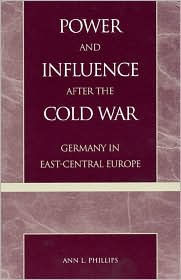Home
Blueprints for Battle: Planning War Central Europe, 1948-1968
Loading Inventory...
Barnes and Noble
Blueprints for Battle: Planning War Central Europe, 1948-1968
Current price: $35.00


Barnes and Noble
Blueprints for Battle: Planning War Central Europe, 1948-1968
Current price: $35.00
Loading Inventory...
Size: Hardcover
*Product Information may vary - to confirm product availability, pricing, and additional information please contact Barnes and Noble
While scholarship abounds on the diplomatic and security aspects of the Cold War, very little attention has been paid to military planning at the operational level. In
Blueprints for Battle
, experts from Russia, the United States, and Europe address this dearth by closely examining the military planning of NATO and Warsaw Pact member nations from the end of World War II to the beginning of détente. Informed by material from recently opened archives, this collection investigates the perceptions and actions of the rival coalitions, exploring the challenges presented by nuclear technology, examining how military commanders' perceptions changed from the 1950s to the 1960s, and discussing logistical coordination among allied states. The result is a detailed study that offers much-needed new perspectives on the military aspects of the early Cold War.
Blueprints for Battle
, experts from Russia, the United States, and Europe address this dearth by closely examining the military planning of NATO and Warsaw Pact member nations from the end of World War II to the beginning of détente. Informed by material from recently opened archives, this collection investigates the perceptions and actions of the rival coalitions, exploring the challenges presented by nuclear technology, examining how military commanders' perceptions changed from the 1950s to the 1960s, and discussing logistical coordination among allied states. The result is a detailed study that offers much-needed new perspectives on the military aspects of the early Cold War.

















